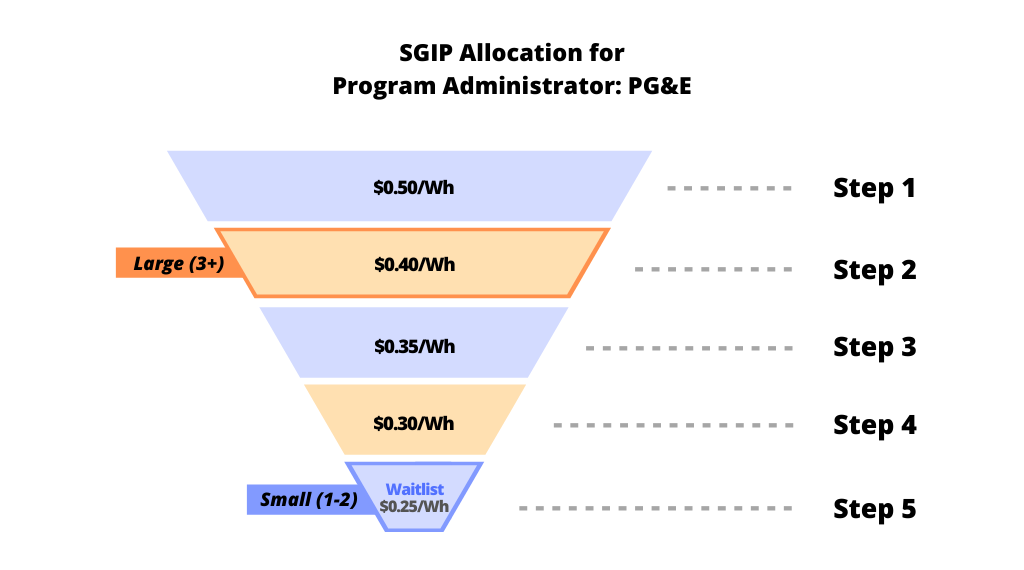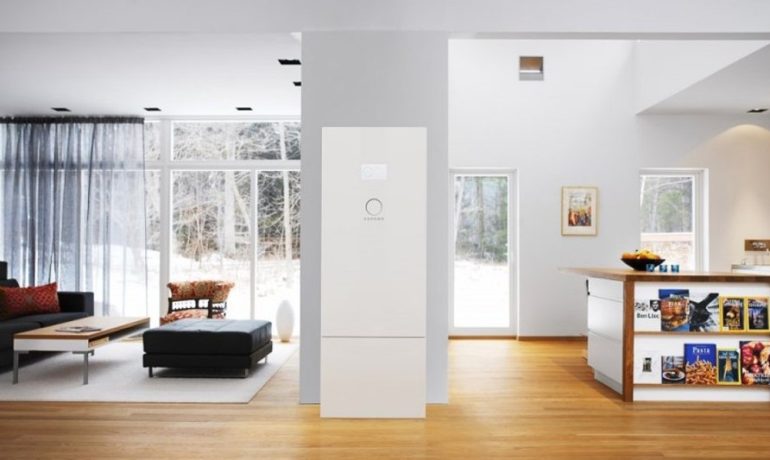The Self-Generated Incentive Program (SGIP) plays a significant role in California’s success in energy storage. The program helps make batteries accessible by providing rebates that could offset $1,000s of dollars from your project – especially when combined with the Federal Investment Tax Credit (ITC) and your solar installation.
The SGIP rebate
The California Public Utilities Commission (CPUC) has an exclusive state rebate called the Self-Generated Incentive Program (SGIP). The SGIP’s objective is to minimize the energy loads to the grid and greenhouse gas usage. The program allocates 80% of its budget to residential and commercial battery projects. Based on meeting specific energy discharge requirements, you can receive a fixed monetary amount for each battery installed at your home.
The program’s funding is divided into two program types: 1-2 batteries (less than 10 kW) and 3 or more (10 kW or more) batteries.
How the program works
The money you receive is dependent on what step the SGIP program type is in and your program administrator (ex. PG&E). Once the funds are depleted for a step, it moves to the next step and its allocated amount. As you move down each step, the amount of rebate money available decreases.
 Note: the current status of each program type is highlighted
Note: the current status of each program type is highlighted
As of December 2019, there is a step 5 waitlist available for 1-2 battery projects. For PG&E customers, PG&E has requested the CPUC to reappropriate the large battery program funds to waitlisted and new step 5 small residential projects. This proposal is designed to cover the 1-2 battery budget funds until the end of March 2020. For one Tesla Powerwall 2, step 5 funding is roughly $3,000 per battery.
For equity resilience projects, those who are in high wildfire-risk areas, funding for this program type is set to be available anytime from January to April 2020. See CPUC’s fire threat map here.
If you are looking at qualifying for 3 or more batteries, the funds are available. As of December 2019, there is allocation available at step 2 and for a Tesla Powerwall 2, the estimated savings is around $5000 per battery.
A couple factors for battery sizing would be your solar generation and 12-months of electric usage. Clean Solar will analyze this data and make sure your battery is sized correctly.
Track the SGIP’s current state-wide budget and program metrics here.
The requirements for the SGIP Rebate
The SGIP program requires the battery to discharge 687 kWh per year (a minimum of 52 discharges) for a period of 5 years.
Processing my SGIP application/waitlist
At Clean Solar, we will handle all the necessary paperwork for both the application and waitlist once you send us your PG&E bill. Contact us now to get started!

